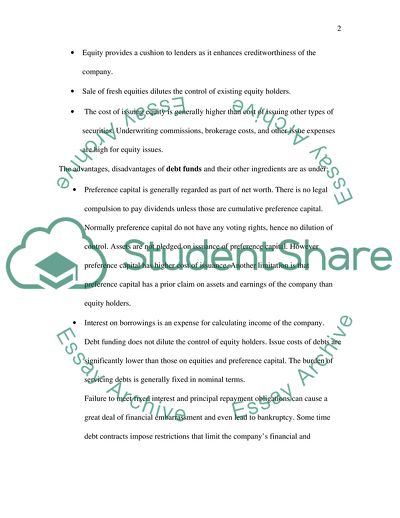Cite this document
(Ingredients of Equity Contributions Assignment Example | Topics and Well Written Essays - 2000 words, n.d.)
Ingredients of Equity Contributions Assignment Example | Topics and Well Written Essays - 2000 words. https://studentshare.org/finance-accounting/1714076-finacial-decision-making
Ingredients of Equity Contributions Assignment Example | Topics and Well Written Essays - 2000 words. https://studentshare.org/finance-accounting/1714076-finacial-decision-making
(Ingredients of Equity Contributions Assignment Example | Topics and Well Written Essays - 2000 Words)
Ingredients of Equity Contributions Assignment Example | Topics and Well Written Essays - 2000 Words. https://studentshare.org/finance-accounting/1714076-finacial-decision-making.
Ingredients of Equity Contributions Assignment Example | Topics and Well Written Essays - 2000 Words. https://studentshare.org/finance-accounting/1714076-finacial-decision-making.
“Ingredients of Equity Contributions Assignment Example | Topics and Well Written Essays - 2000 Words”. https://studentshare.org/finance-accounting/1714076-finacial-decision-making.


